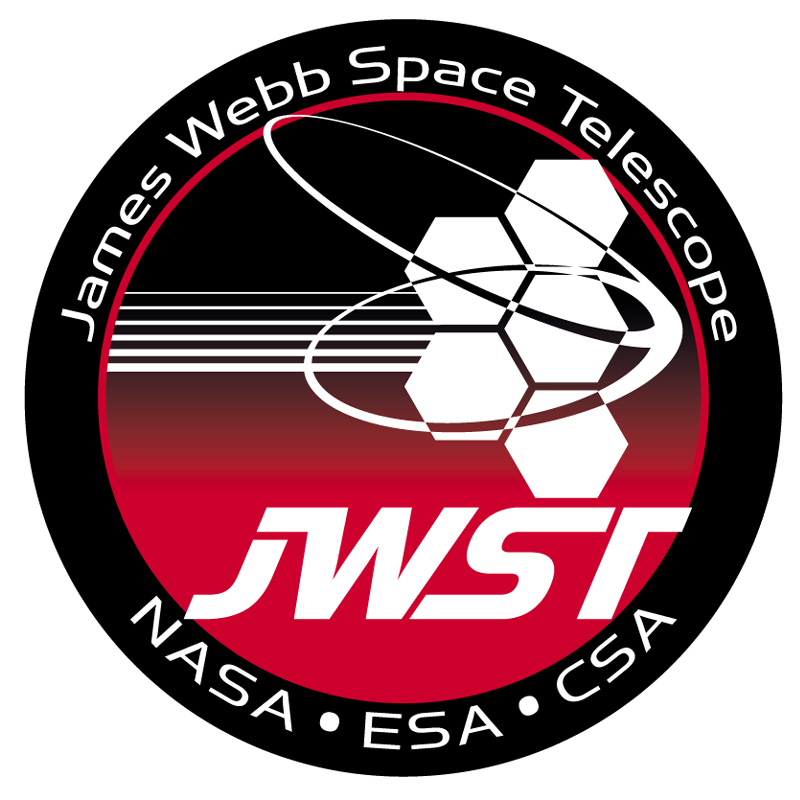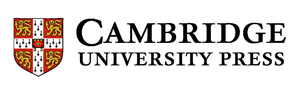Special Session SS21
28 – 29 June 2017
Preparing the JWST Era
Aims and scope
 The James Webb Space Telescope (JWST), scheduled for launch in October 2018, will provide imaging, spectroscopic and coronagraphic capabilities from 0.6 to 28.5 microns with an unprecedented combination of sensitivity and spatial resolution. These unique capabilities will serve scientists working on a wide variety of objects, running from our own Solar System to the most distant galaxies
As JWST's launch approaches steadily, the work for the preparation of the scientific exploitation of JWST is ramping up rapidly. This year (2017), all the calls for proposals for the observations that will take place during the first year of JWST operation (cycle 1) will be issued. Already, the calls for the guaranteed time observers (GTOs) and for the notices of intent for the so-called Early Release Science (ERS) programs have been released.
In this context, the ESA JWST team and the European consortium for MIRI have been working to organize this special session as part of their efforts to prepare the scientific community to take full advantage of JWST's capabilities and to submit the best possible proposals.
At the time of the EWASS 2017 Conference, the GTOs will have submitted their proposals and their contents will have been made public. This special session is therefore a perfect opportunity to present various aspects of the GTO programs and to give concrete examples of how GTO science objectives were turned into actual proposals, sharing experience ahead of the ERS proposal deadline (18 August 2017) and of the general observer (GO) call for proposal (November 2017).
Due to the reduced amount of time and to the scope of this Special Session, only invited speakers will give talks. However, a maximum of 20 posters will be allowed. Participants should send to the organizing committee a brief summary of proposed posters before April 30.
The James Webb Space Telescope (JWST), scheduled for launch in October 2018, will provide imaging, spectroscopic and coronagraphic capabilities from 0.6 to 28.5 microns with an unprecedented combination of sensitivity and spatial resolution. These unique capabilities will serve scientists working on a wide variety of objects, running from our own Solar System to the most distant galaxies
As JWST's launch approaches steadily, the work for the preparation of the scientific exploitation of JWST is ramping up rapidly. This year (2017), all the calls for proposals for the observations that will take place during the first year of JWST operation (cycle 1) will be issued. Already, the calls for the guaranteed time observers (GTOs) and for the notices of intent for the so-called Early Release Science (ERS) programs have been released.
In this context, the ESA JWST team and the European consortium for MIRI have been working to organize this special session as part of their efforts to prepare the scientific community to take full advantage of JWST's capabilities and to submit the best possible proposals.
At the time of the EWASS 2017 Conference, the GTOs will have submitted their proposals and their contents will have been made public. This special session is therefore a perfect opportunity to present various aspects of the GTO programs and to give concrete examples of how GTO science objectives were turned into actual proposals, sharing experience ahead of the ERS proposal deadline (18 August 2017) and of the general observer (GO) call for proposal (November 2017).
Due to the reduced amount of time and to the scope of this Special Session, only invited speakers will give talks. However, a maximum of 20 posters will be allowed. Participants should send to the organizing committee a brief summary of proposed posters before April 30.
Programme
- Session #1
The JWST mission : status, operation and tools for proposers
Chair: Pierre-Olivier Lagage (DAp-CEA, AIM)
Status & overview capabilities & overall timeline / P. Ferruit (ESA) / 20min (15+5)
JWST Operations / Gillian Wright on behalf of George Sonneborn (NASA/GSFC) / 20min (15+5)
JWST astronomer proposal tool (APT) / Macarena Garcia Marin (ESA) / 25min (20+5)
JWST exposure time calculator (ETC) / Tim Rawle (ESA) / 25min (20+5)
- Session #2
First light and evolution of galaxies
Chair: Simon Lilly (ETH Zurich, CH)
Brief overview of the galaxy assembly JWST GTO programs / Karina Caputi (Kapteyn Astronomical Institute, University of Groningen, NL)/ 20min (15+5)
Practical ex.: imaging surveys (parallels NIRCam + MIRI) / Dan Stark (University of Arizona)/ 20min (15+5)
Practical ex.: Spectroscopic surveys (coordinated parallels NIRSpec MOS / NIRCam + NIRISS/NIRCam WFSS) / Roberto Maiolino (University of Cambridge) / 30min (25+5)
Practical ex.: Detailed studies of individual objects or small samples (MIRI+NIRSpec IFU) / Santiago Arribas (INTA-CSIC, E) / 20min (15+5)
- Session #3
Formation and evolution of stars and planetary systems
Chair: Gillian Wright (UK Astronomy Technology Centre)
Practical ex.: Protostellar disks (MIRI IFU) / Fred Lahuis (SRON, NL) / 15min (10+5)
Practical ex.: Star formation in local Universe (NIRSpec MOS)/ Guido de Marchi (ESA) / 20min (15+5)
Practical ex.: Direct imaging of exoplanets (NIRCam+MIRI coronagraphy, NIRISS/AMI) / Pierre-Olivier Lagage/ 20min (15+5)
Practical ex.: Observation of a transiting exoplanet (NIRISS+NIRSpec+MIRI) / Giovanna Giardino/ 20min (15+5)
Practical ex.: No photon left behind: serendipitous asteroid science (MIRI IFU + Imager) / Michael Mueller/ 15min (10+5)
- Session #4
The available tools - Demos, Questions & Answers
The JWST visibility tool : Pierre Feruit (ESA); 30 min
The APT: Macarena Garcia Larin (ESA): 30 min
The ETC: Tim Rawle (ESA): 30 min
Invited speakers
- Santiago Arribas (INTA-CSIC, E)
- Karina Caputi (Kapteyn Astronomical Institute, University of Groningen, NL)
- Macarena Garcia Marin (ESA)
- Giovanna Giardino (ESA)
- Fred Lahuis (SRON, Netherlands Institute for Space Research, NL)
- Roberto Maiolino (University of Cambridge)
- Guido de Marchi (ESA)
- Michael Mueller (Kapteyn Astronomical Insitute, University of Groningen, NL)
- Tim Rawle (ESA)
- Daniel Stark (University of Arizona)
- Gillian Wright (UK Astronomy Technology Centre)
Scientific organisers
Patrice Bouchet (CEA-Saclay, MIRI French Centre of Expertise PM; Patrice.Bouchet @ cea.fr), Pierre Ferruit (ESA-JWST PI ; Pierre-Ferruit @ cosmos.esa.int), and Pierre-Olivier Lagage (CEA-Saclay, MIRI Co-PI ; Pierre-Olivier.Lagage @ cea.fr).
Contact
Patrice.Bouchet @ cea.fr
Updated on Thu Jun 15 14:55:18 CEST 2017
|

 A power cut will shut down all EAS services on Tuesday, 10 January 2017 starting at 7:30 CET.
A power cut will shut down all EAS services on Tuesday, 10 January 2017 starting at 7:30 CET.




















